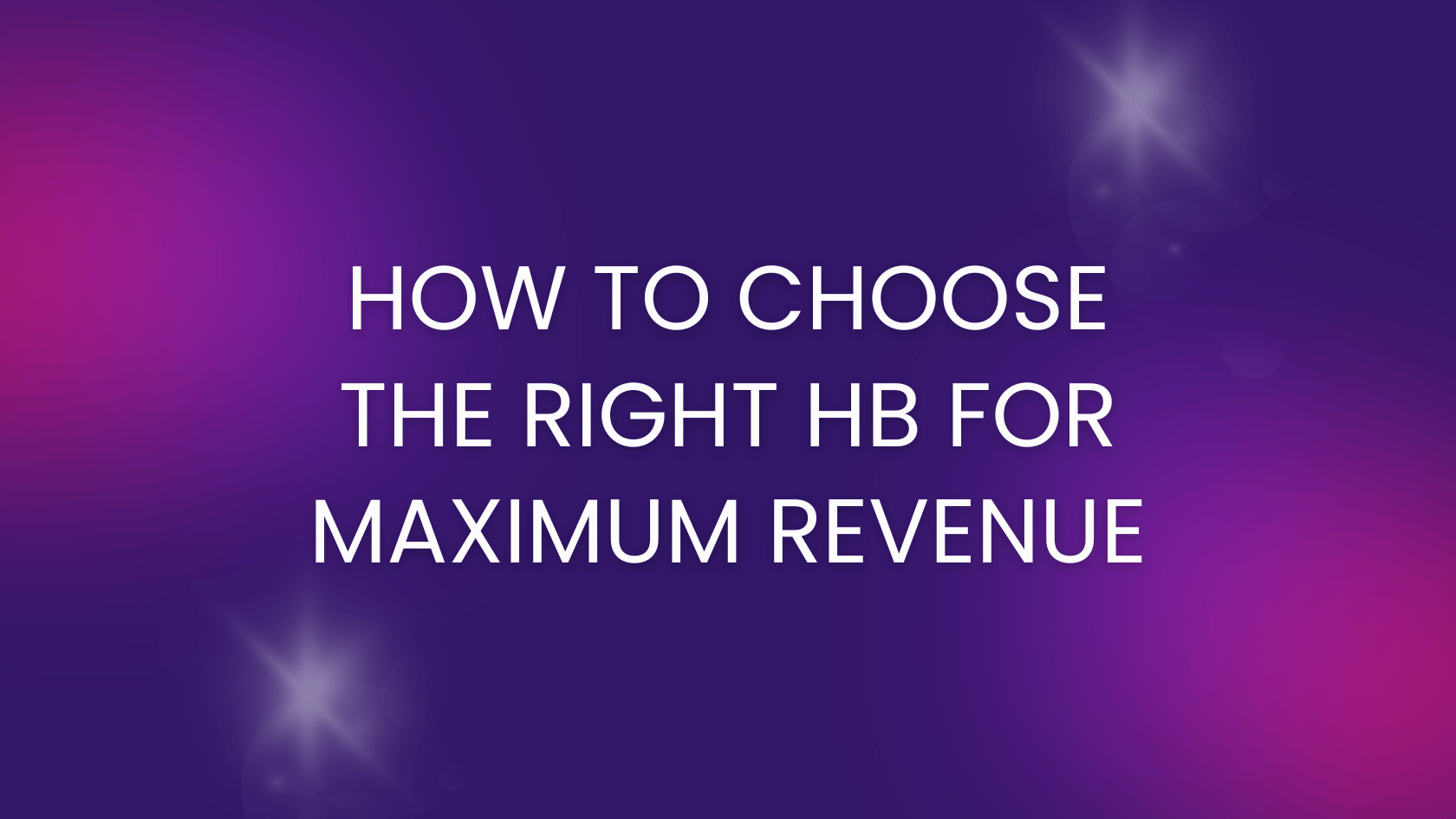The Evolution of Google Ad Manager
Google Ad Manager has long been a cornerstone for businesses looking to maximize their advertising revenue. Over the years, it has evolved to include a plethora of features designed to enhance user experience and increase profitability. In this article, we delve into the latest features of Google Ad Manager that are paving the way for success.
Understanding the Latest Features of
With each update, Google Ad Manager introduces new functionalities that cater to the dynamic needs of the advertising industry. Understanding these features is crucial for businesses aiming to stay ahead of the competition. The following sections explore these advancements in detail.
Enhanced Reporting and Analytics
One of the most significant upgrades in Google Ad Manager is the enhanced reporting and analytics tools. These tools provide businesses with deeper insights into their advertising campaigns. With the ability to track real-time data and customize reports, advertisers can make informed decisions to optimize their strategies.
- Customizable Dashboards: Users can now tailor dashboards to display the most relevant metrics, ensuring quick access to critical information.
- Advanced Filters: The introduction of advanced filtering options allows for more granular data analysis, helping advertisers pinpoint specific trends and patterns.
- Integration with Third-Party Tools: Seamless integration with other analytics platforms enables a comprehensive view of advertising performance across multiple channels.
Google Ad Manager Ad Formats
Ad formats are constantly evolving to meet the demands of both advertisers and consumers. Google Ad Manager’s latest update introduces improved ad formats that enhance user engagement and drive higher conversion rates.
- Interactive Ads: These ads encourage user interaction, leading to increased engagement and a more personalized user experience.
- Responsive Display Ads: With the ability to automatically adjust to different screen sizes, these ads ensure optimal display across all devices.
- Video Ad Innovations: Enhanced video ad capabilities allow for more creative storytelling, capturing audience attention more effectively.
Advanced Targeting Options
Targeting the right audience is crucial for the success of any advertising campaign. Google Ad Manager’s advanced targeting options allow advertisers to reach their desired audience with precision. The latest features include:
- Demographic Targeting: Advertisers can now target users based on detailed demographic information, ensuring their ads reach the most relevant audience.
- Behavioral Targeting: By analyzing user behavior, advertisers can deliver ads that align with individual interests and preferences.
- Geolocation Targeting: This feature enables advertisers to target users based on their geographical location, making it ideal for local businesses.
Maximizing Revenue with Google Ad Manager
With the introduction of these cutting-edge features, Google Ad Manager provides businesses with unparalleled opportunities to maximize their advertising revenue. Here’s how these features contribute to financial success:
Optimizing Ad Spend
Effective budget management is essential for maximizing ROI. Google Ad Manager’s advanced tools enable advertisers to optimize their ad spend by:
- Real-Time Bidding: This feature allows advertisers to bid on ad placements in real-time, ensuring they get the best value for their investment.
- Automated Budget Allocation: By automating budget distribution across campaigns, businesses can ensure their resources are used efficiently.
- Performance-Based Adjustments: With the ability to adjust bids based on campaign performance, advertisers can allocate more budget to high-performing ads.
Enhancing User Experience
Providing a seamless user experience is key to retaining customers and driving conversions. Google Ad Manager’s latest features enhance user experience by:
- Faster Load Times: Optimized ad delivery ensures faster load times, reducing bounce rates and keeping users engaged.
- Non-Intrusive Ads: By prioritizing user-friendly ad formats, businesses can maintain a positive user experience without compromising on advertising effectiveness.
- Personalized Content: Tailored ads based on user preferences lead to a more relevant and engaging experience.
Challenges and Considerations
While the latest features of Google Ad Manager offer numerous benefits, businesses must also be aware of potential challenges and considerations. Here are some factors to keep in mind:
Data Privacy and Compliance
With the increasing focus on data privacy, businesses must ensure their advertising practices comply with relevant regulations. Google Ad Manager provides tools to help advertisers maintain compliance, but it’s essential to stay informed about evolving privacy laws.
- GDPR Compliance: Understanding and adhering to GDPR requirements is crucial for businesses operating in the European Union.
- CCPA Regulations: For businesses targeting California residents, compliance with the California Consumer Privacy Act is necessary.
- User Consent Management: Implementing robust consent management practices ensures transparency and builds trust with users.
Ad Fraud Prevention
Ad fraud remains a significant concern for advertisers, impacting both revenue and brand reputation. Google Ad Manager offers solutions to mitigate ad fraud, but businesses should also take proactive measures to protect their campaigns.
- Verification Tools: Utilizing third-party verification tools can help identify and prevent fraudulent activity.
- Monitoring and Analysis: Regularly monitoring ad performance and analyzing data for anomalies can help detect potential fraud.
- Partnering with Trusted Networks: Collaborating with reputable ad networks reduces the risk of exposure to fraudulent traffic.
Future Trends in Google Ad Manager
As technology continues to advance, Google Ad Manager is likely to introduce even more innovative features. Here are some trends to watch for in the future:
Artificial Intelligence and Machine Learning
AI and machine learning are poised to revolutionize the advertising industry. Google Ad Manager is expected to leverage these technologies to enhance ad targeting, optimize campaigns, and provide more accurate predictive analytics.
- Automated Campaign Management: AI-driven tools will enable advertisers to automate campaign management tasks, freeing up time for strategic planning.
- Predictive Analytics: Machine learning algorithms will provide more accurate predictions of campaign performance, helping advertisers make data-driven decisions.
- Enhanced Personalization: AI will allow for even more personalized ad experiences, increasing user engagement and conversion rates.
Integration with Emerging Technologies
As new technologies emerge, Google Ad Manager is likely to integrate with platforms such as virtual reality (VR) and augmented reality (AR), offering advertisers exciting new ways to engage with their audience.
- VR and AR Advertising: These immersive technologies will provide unique opportunities for brands to connect with consumers in engaging and memorable ways.
- Voice-Activated Ads: With the rise of voice-activated devices, advertisers can explore new avenues for reaching their audience through voice-activated ads.
- Internet of Things (IoT): Integration with IoT devices will enable advertisers to deliver more contextually relevant ads based on real-time data.
Conclusion
In conclusion, Google Ad Manager’s latest features offer businesses a comprehensive suite of tools to enhance their advertising strategies and maximize revenue. By understanding and leveraging these features, advertisers can stay ahead of the competition and achieve lasting success. As technology continues to evolve, staying informed about future trends and adapting to new developments will be key to maintaining a competitive edge in the ever-changing world of digital advertising.





